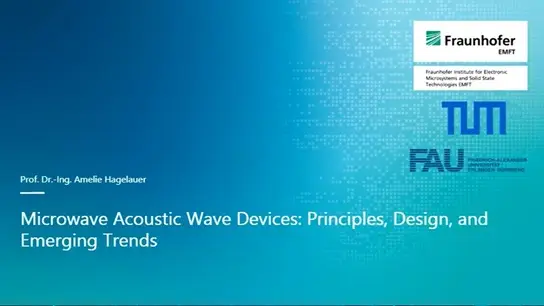-
Members: FreePELS
IEEE Members: $8.00
Non-members: $12.00Pages/Slides: 65
Abstract: Growing trend of digitization and ever-decreasing cost of digital VLSI are the driving force for the increasing adoption of digital control in power management commercial products for emerging applications, such as automotive, data center and computing, telecom, aerospace, EV chargers, renewable, etc. Digital control offers fast transient, high efficiency and reliability, reduced conducted EMI, lower component count, fault tolerant and faster time-to-market. However, the challenges remain in identifying cost-effective digital control solutions, modelling, analysis and design methods. This presentation covers opportunities and challenges using digital control, and highlights some commercial digital control ICs and system solutions. Well-known fixed/variable frequency analog control techniques are summarized, and possible levels of digitization are presented for individual control methods by considering cost, flexibility, modularity, etc. Thereafter, fixed and variable frequency digital control architectures are presented. Different modelling and analysis techniques are summarized. Small- and large-signal based design methods are explored by considering simplicity and accuracy aspects. Some popular digital PWM and ripple based digital control techniques are presented, and their benefits and shortcomings are presented. Thereafter, the need for cost-effective IP and skilled manpower development is identified. Finally, the overview of a newly developed online course is presented, which is entitled Digital Control of Switched Mode Power Converter and FPGA-based Prototyping. This will provide pedagogical resources for Power Electronics researchers and engineers, which will be freely accessible on YouTube in November 2022.


